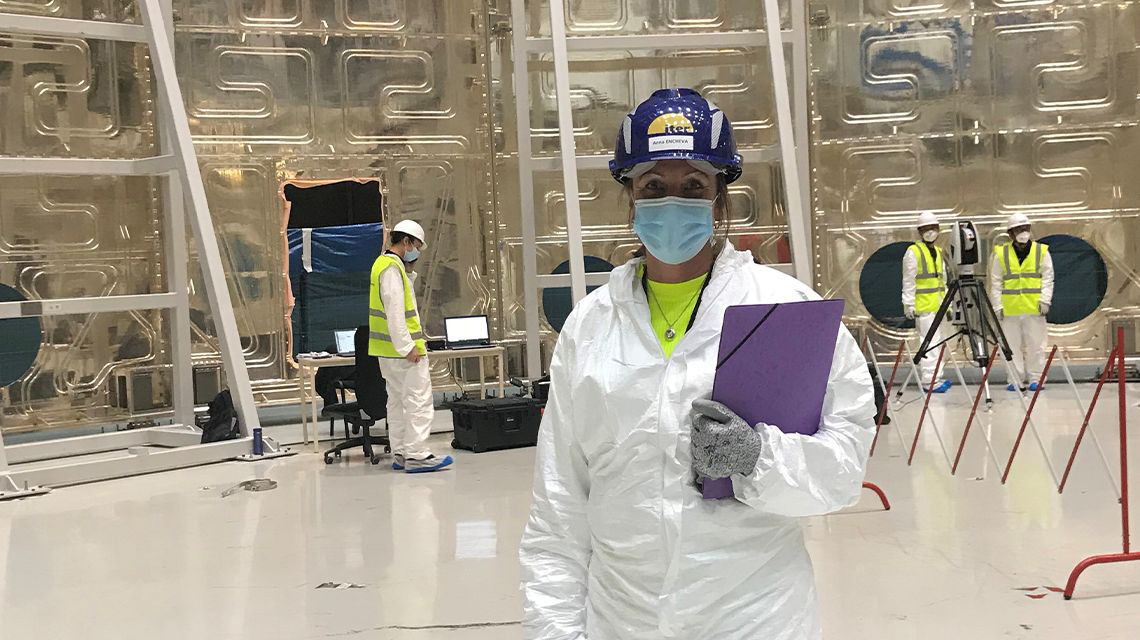Ever since it was suggested in the 1920s that stars, such as the sun, draw their infinite energy from the fusion of hydrogen isotopes to form helium, nuclear fusion has been an area of great interest, and there is a good reason why. Fusion power holds the promise of a potentially limitless carbon free energy supply without generating long lived radioactive waste. Fusing atoms together in a controlled way can release nearly four million times more energy than burning of coal, oil or gas, but does not emit harmful pollutants into the atmosphere as do coal powered plants (Watch this video to learn more about fusion).
After decades of intensive research, scientists and engineers have made significant steps towards making fusion energy a reality. Last year marked a historic moment for the nuclear fusion community, as the assembly of an experimental machine designed to harness the energy of fusion with the world’s largest Tokamak commenced at ITER, following 10 years of construction work in France.
Numerous privately funded commercial enterprises are also on the rise, drawing on the know-how generated over years of publicly funded research and development, with leading investors positioning themselves to capitalize on the sector’s potential.
“Over the last years, we have seen fusion advancing quicker than ever before, opening new job opportunities and inspiring career horizons,” said Sehila Gonzalez de Vicente, Nuclear Fusion Physicist at the IAEA and one of the speakers at the webinar. “Fusion could offer an exciting career path for young professionals and give them the chance be a part of achieving significant milestones and breakthroughs in this field, such as net energy gain.”
